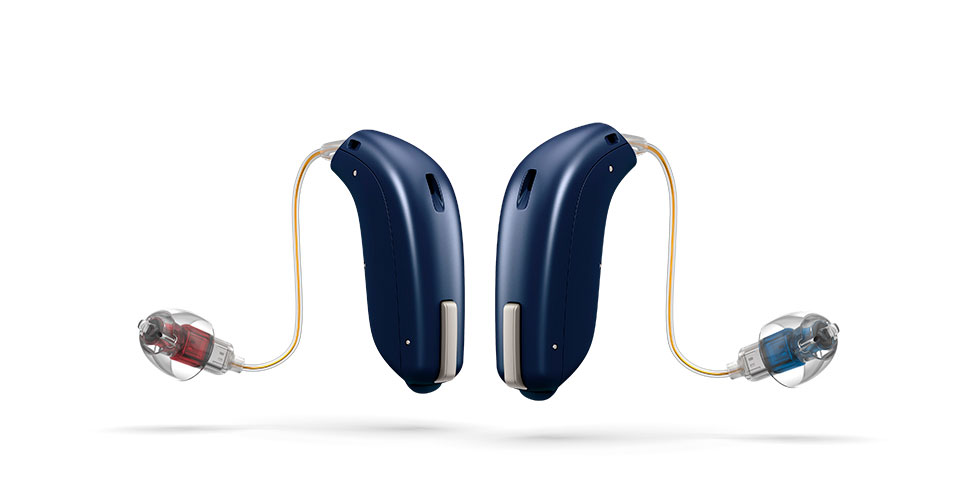Without batteries, your hearing aids wouldn’t be unable to function. To keep your devices running as smoothly as possible without interruption, there are a few things to know about hearing aid batteries. Most drugstores carry replacement batteries; they can also be purchased from your audiologist or ordered online.
Most hearing aids use disposable zinc-air batteries that are color- and number-coded for easy replacement. The type of battery needed depends on the style and size of your hearing aids, and includes 5 (red), 10 (yellow), 13 (orange), 312 (brown) and 675 (blue).
Zinc-air batteries require oxygen to produce power. They come with a protective seal on the back; once this is removed, oxygen enters through tiny holes to activate them. You should wait at least a minute before inserting your batteries to ensure they have absorbed enough oxygen to work properly.
 On average, batteries last 5-7 days depending on the size and style of your hearing aids, your degree of hearing loss, the amount of time your hearing aids are used and your listening environment. Obviously if there is no sound coming through your hearing aids, your first suspicion should be a dead battery. Other signs include sound that is distorted or unclear and unusually low volume levels. Some hearing aids are designed to produce an audible tone warning you when batteries are low.
On average, batteries last 5-7 days depending on the size and style of your hearing aids, your degree of hearing loss, the amount of time your hearing aids are used and your listening environment. Obviously if there is no sound coming through your hearing aids, your first suspicion should be a dead battery. Other signs include sound that is distorted or unclear and unusually low volume levels. Some hearing aids are designed to produce an audible tone warning you when batteries are low.
Store your batteries at room temperature and avoid exposing them to moist or humid environments. This includes the refrigerator – despite what you may have heard, this is not a good place to keep your batteries as temperature extremes and condensation can shorten their life. Keep batteries away from keys, coins and other metal objects that can cause them to short circuit or discharge. When removing your hearing aids, turn them off and open the battery compartment door to prevent excess moisture and battery drain.
